Australian renewable energy company Austrom Hydrogen has secured land near the Port of Gladstone for its ambitious project that could feature a 3.6 GW solar-powered hydrogen facility. The project called Pacific Solar Hydrogen will join the growing group of gigawatt-scale green hydrogen project announcements across Australia.
Planned for the North Callide region 70 km from Gladstone, the Pacific Solar Hydrogen project has begun initial environmental impact studies and irradiance monitoring and is currently liaising with key industry stakeholders to streamline the development process.
The company said its key strategic decision was to “place priority on securing enough suitable land to be able to generate enough in-house solar power and battery support to supply all the energy necessary for the large-scale hydrogen facility”. While this marks an important milestone, the next, even bigger step is to secure finance and offtake deals.
In the coming period, Austrom Hydrogen says it will seek to explore partner opportunities both domestically and internationally. Its ultimate goal is to generate green hydrogen for export. “The technology for generating hydrogen more efficiently is evolving rapidly as is the demand for commercially produced quantities of green-powered hydrogen production,” said Austrom Hydrogen Director, Tonny Jorgensen. “Along with contributing significantly to Australia’s export market and economy, this project will provide thousands of jobs, boosting regional economies and help foreign industry partners achieve their green hydrogen targets.”
Green hydrogen hotspots
The company said that the Pacific Solar Hydrogen project is ideally positioned with close proximity to the existing power grid and the Port of Gladstone, which is shaping up as Queensland’s green hydrogen mecca. The traditional coal and gas hub of Gladston has been selected to host two major projects – a gigawatt-scale green hydrogen and ammonia development and a gas injection facility to blend renewable hydrogen into its natural gas network, which would make it the first entire city in the nation to be on a blend of natural gas and hydrogen.
The latest project announcement comes only days after the oversubscribed funding round run by the Australian Renewable Energy Agency (ARENA) unmistakably showed that many companies are now ready to start building large-scale renewable hydrogen projects across a range of industries and end-users. Far outstripping the available funding of $70 million, the funding round attracted 36 expressions of interest from prospective developers, representing over $1 billion in total grant funding and covering almost 500 MW in proposed capacity.
As per the gigawatt-scale projects, another newcomer to the green hydrogen scene, Perth-based Infinite Blue Energy (IBE) has recently unveiled a plan to deliver Australia’s first green hydrogen baseload power plant, which would initially focus on providing 1000 MW of green hydrogen using solar, wind and hydrogen fuel cells for 24/7 electricity supply. Previously, the same company announced plans for the first of its many green hydrogen projects in Western Australia (WA), after securing an initial $300 million investment for its first phase of construction.
Other companies that have announced gigawatt-scale plans in WA include BP Australia, which is looking to develop around 1.5 GW of greenfield solar and wind projects for its green hydrogen and ammonia plans, and Siemens, which aims to produce green hydrogen for local industry and export to Asia from up to 5 GW of wind and solar capacity.
Another megaproject underway in WA is the Asian Renewable Energy Hub (AREH), which could feature up to 15 GW of solar and wind capacity with the goal to supply local energy users in the Pilbara region and develop a green hydrogen manufacturing hub for domestic use and export to Asia. Recently, AREH has moved forward after being recommended for environmental approval.
This content is protected by copyright and may not be reused. If you want to cooperate with us and would like to reuse some of our content, please contact: editors@pv-magazine.com.
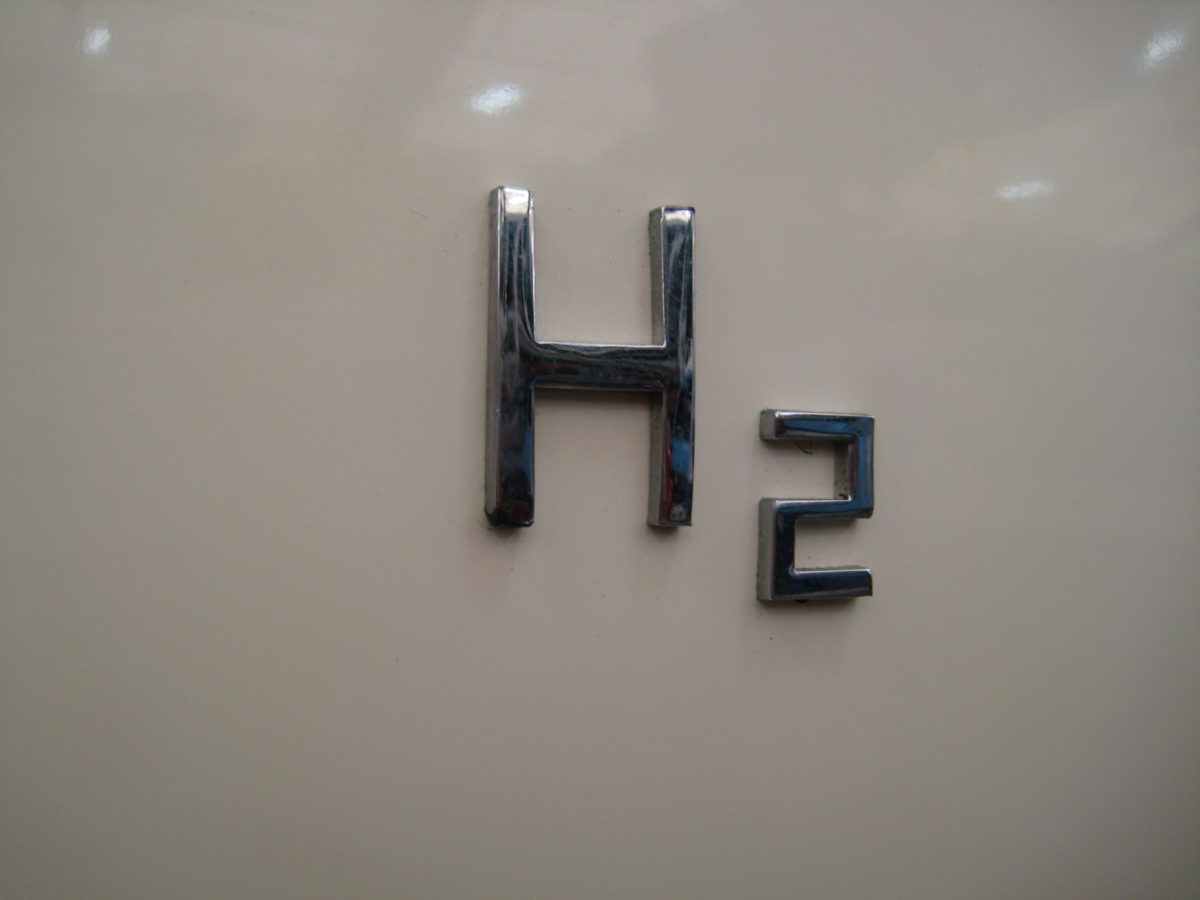
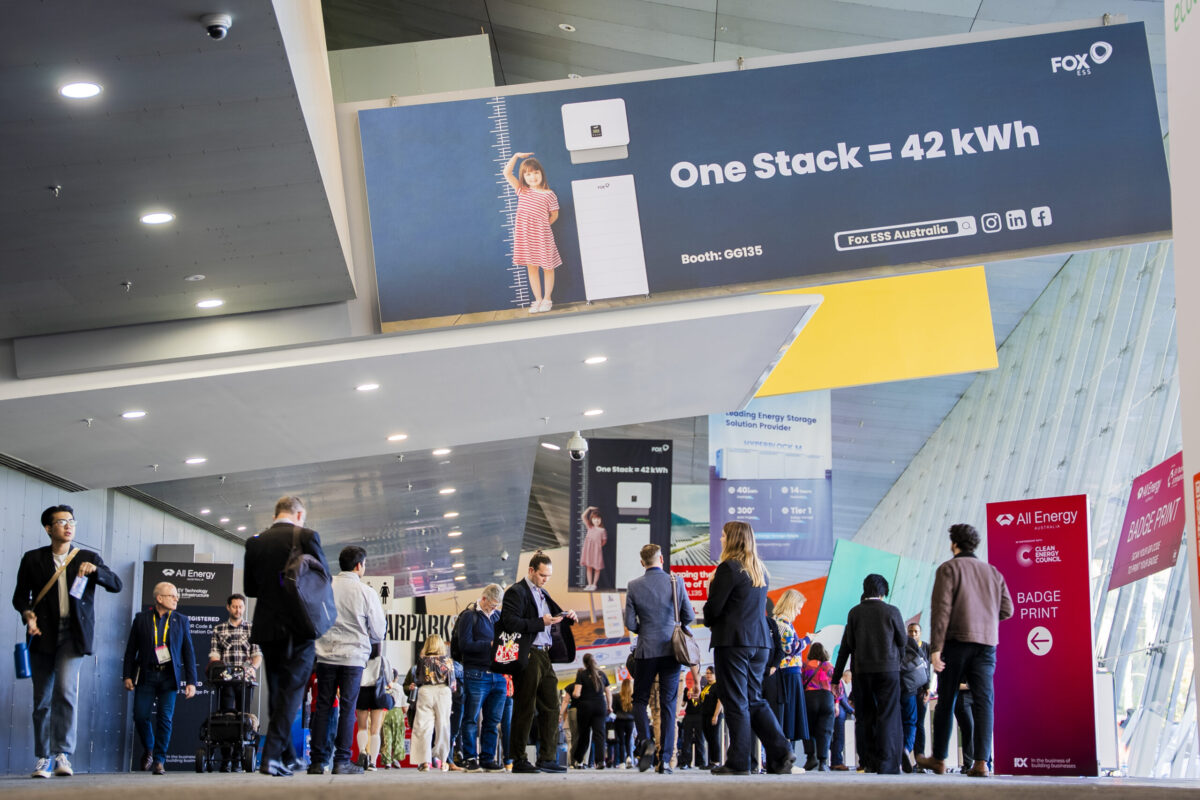


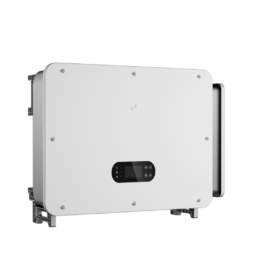
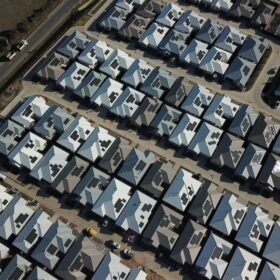
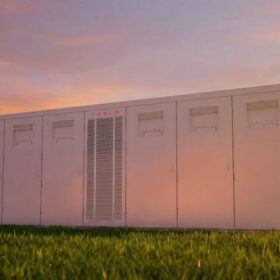
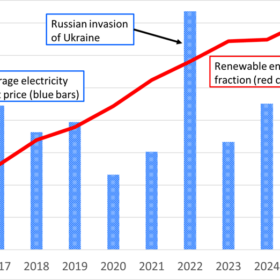
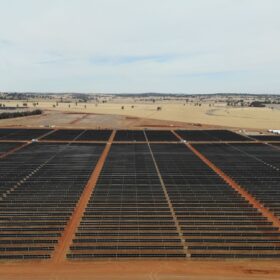
Adding Green Hydrogen to Natural (or Other) Gas makes the Hydrogen DIRTY again. This is typical of the Fossil Industry to Camouflage its “Dirty Image” using a “Solar Umbrella”.
Another Specialty of the Fossil Industry is to misuse Tax and Other Benefits (like Exploration, etc..) Subsidies, which will surely finance and support this “Green” Project. All this as they continue to Burn & Pollute and compromise real Solar Energy with their Trojan Horses.
The options touted here for hydrogen production concentrate on steam-methane reforming of natural gas, or electrolysis of water both of which have drawbacks. The former produces and customarily emits CO2. The latter is inefficient in terms of electricity consumption, either requiring very large renewable generator facilities or use of fossil-fuelled generators releasing CO2 for which the further cost of capture and storage would further burden the economics.
A never-mentioned hydrogen production process based on natural gas is pyrolysis. It requires temperatures of around 1000K, obtainable with concentrating solar (power-tower) collector, The hydrocarbon is dissociated into hydrogen and solid carbon, thus offering zero CO2 emissions and a valuable byproduct of solid carbon which in a candle flame is formed as soot. With suitable (cheap) metallic catalysts however the carbon is obtainable as nanotubes or short carbon fibres valuable as reinforcement for composite materials.
Why is there no recognition of this attractive process? Of course it, like other processes, has technical difficulties, such a careful design and inert gas purging to avoid blacking of the light entry window. Lets read a a sensible discussion of this alternative.